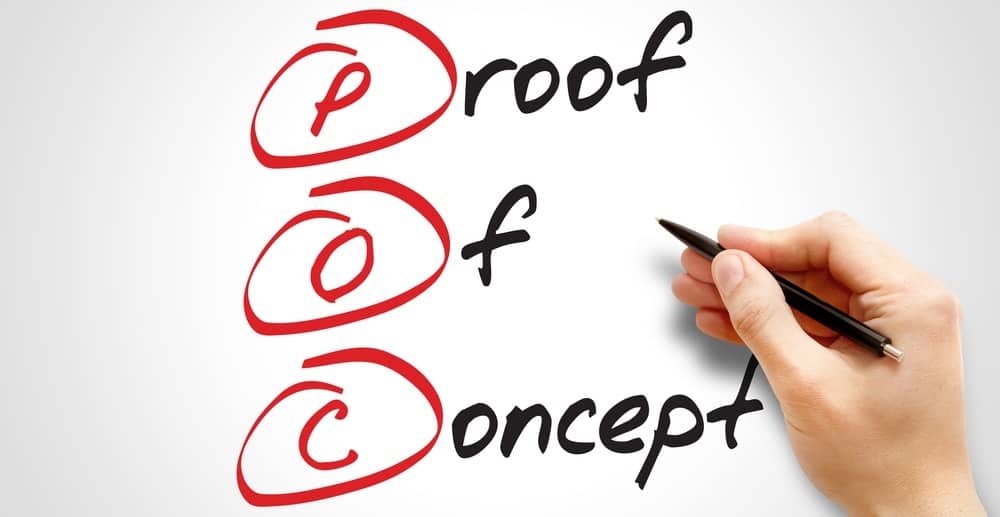It’s that time again when certain editions of Microsoft software, likely the same ones that are running all of your business-critical apps, phases it way out of extended support and into the unknown. We’re talking about:
· Microsoft SQL Server 2008 and 2008 R2 – Extended support ends July 9, 2019
· Microsoft Windows Server 2008 and 2008 R2 – Extended support ends January 14th, 2020
What does this mean for you? Well, it’s time to start thinking about how you can move onto a supported edition of Microsoft software. Sure you could continue operating on what you have but when that date comes along all security patches will cease. While that risk may be acceptable for some, for others it’s a deal breaker. Let’s look at what you need to be thinking about.
1. Rehost – If you’re not already in the cloud, this is your chance to get there. Rehosting your services means migrating workloads from their existing platform onto a different, support platform. For example, you may have a SQL 2008 R2 server running as a virtual machine on-premises or in a datacentre. You could move your databases to a new SQL server running in the cloud on a supported operating system and SQL edition. If you don’t yet have a cloud presence then you have a lot more to consider, which is even more reason to start planning now.
2. Refactor/Rearchitect/Rebuild – Similar to rehosting, this option is also a path to cloud adoption but may require a lot more planning. This is your chance to utilise the latest services available, such as ‘Database as a Service’ whereby a database is migrated to a service rather than a server. The upside to this is that there is no longer a server, with an operating system, requiring management and upkeep. The downside is that your applications may not initially convert well to this model without some rearchitecting. The rearchitecting option is one that could significantly reduce costs in the long run but will require investment initially.
3. Upgrade – If the cloud is not an option for you then an upgrade is probably your best option. Explore your options for in-place upgrades, where no new infrastructure is required at all. While this is a potentially quicker and simpler option, it also means you’re likely to bring any baggage that you had on the previous instance with you. You would also need to consider licensing costs, which are not as much of an issue with cloud deployments if you plan on upgrading what you have.
4. Leave as is or decommission – Now is the chance to dive deeper into your infrastructure and determine if you really need it at all. Has the workload migrated to some other application or SaaS product? Then there’s a good case for switching off the server completely. Alternatively, your business could accept the risk and continue to run the service as-is, but with the increasing rate at which malicious software is being developed is that a risk you want to take?
Whatever option you are considering (and it could even be a combination of the above) you need to make a decision and plan. While this may seem like a daunting task or something you don’t want to think about, you needn’t worry. Starboard IT has a team of capable architects and engineers that can help you develop these migrations and upgrade plans, reach the right decisions for your business and then see them through to completion. Get in touch with us today and start the conversation!
If you’re looking for consultancy services for your next project


